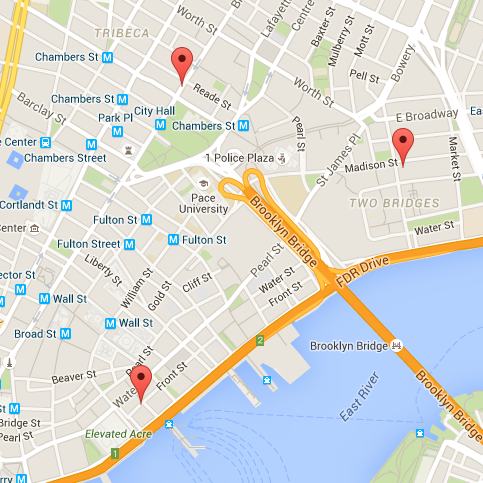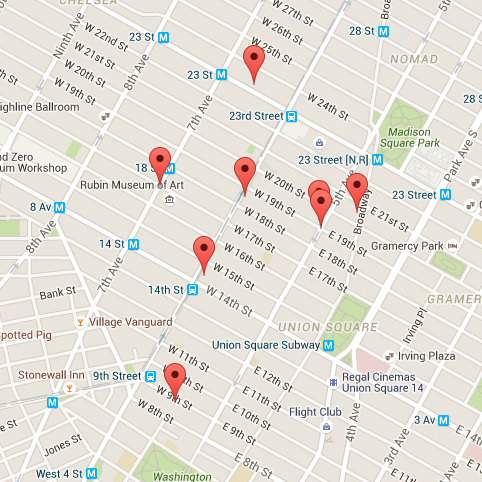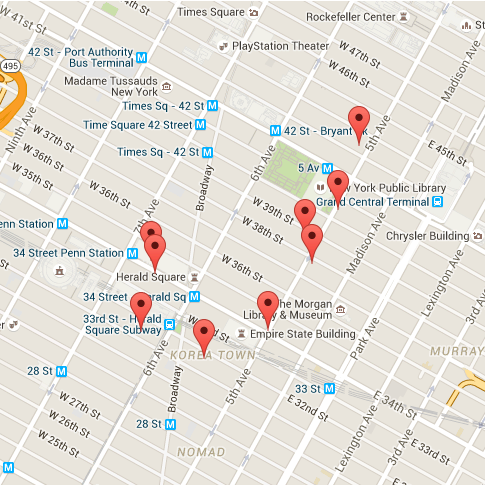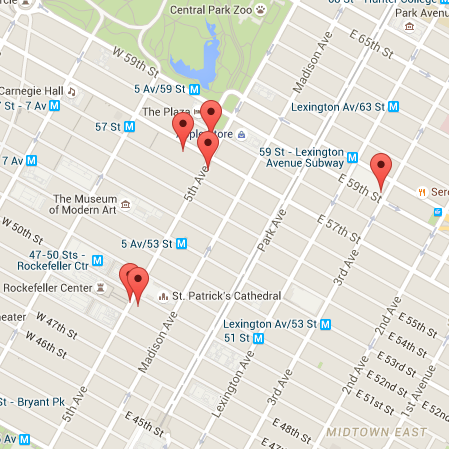New York City Department and Specialty Stores
Since the 19th century, New York City emerged as a leader in fashion for the United States, in both design and retail, and became known as one of the greatest shopping cities in the world. Stores became a major attraction to the city, with the many retail palaces cementing its reputation as the city for fashionable consumption in the nation. Two primary types of shopping establishments dominated in the 19th century – the department store and the specialty store. Department stores sold a broader selection of goods including household products, dry goods and clothing, while specialty stores handled a more limited range of merchandise, typically with a focus on fashion. Though the department stores tried to embody bourgeois good taste, and act as arbiters of fashion, they were often associated with the middle class and had discount connotations. Greater fashion leadership was more typically found in specialty and carriage trade stores, which targeted a wealthy and elite clientele. These stores, while appealing to a smaller market, also carried greater influence in matters of taste and style.
The maps here highlight some of the principle players in New York fashion retailing over the 19th to mid 20th centuries. It is by no means exhaustive – other department and specialty stores existed, alongside many other fashion boutique. Moreover, by the second half of the 20th century, New York’s retail scene was becoming increasingly complex and rapidly evolving. This series of maps follows the migrations of some of New York City’s most longstanding, powerful and recognizable names in fashion retail during this time period.





